Estimated reading time 8 minutes, 24 seconds.
Harbour Air Seaplanes will resume limited flights between Vancouver and Victoria on April 27, a small step in what is likely to be a long recovery from the effects of the coronavirus pandemic.
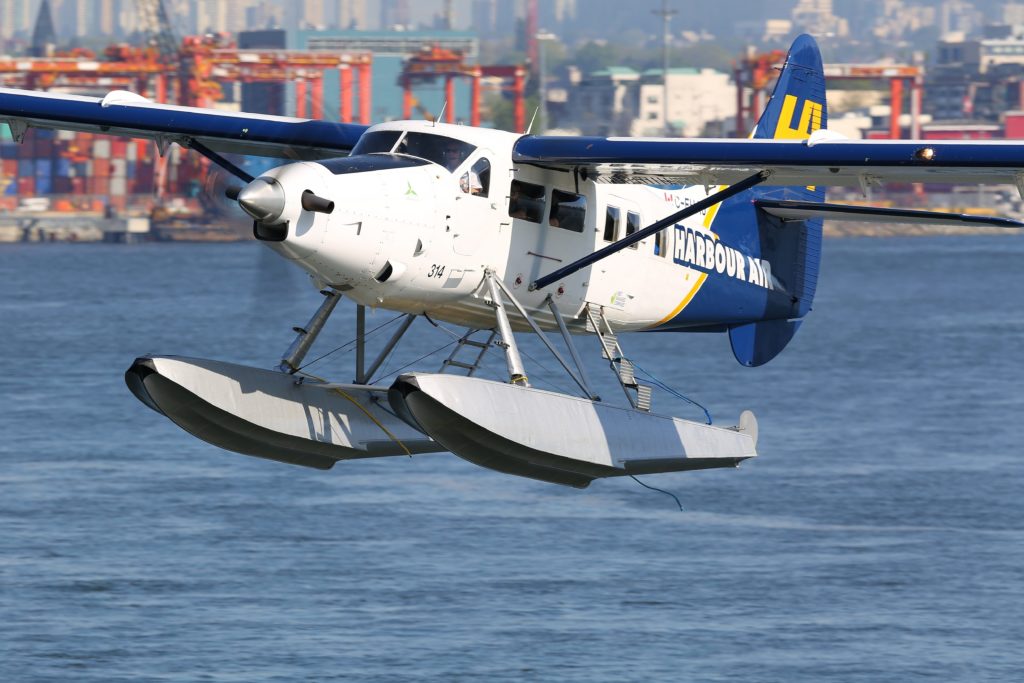
“It has been devastating,” admitted Eric Scott, vice-president of Flight Operations and Safety for Harbour Air Group, whose distinctive blue, white and gold seaplanes have been mostly at a standstill since late March in response to the growing spread of the virus in British Columbia.
The company provides a vital link between Vancouver and destinations on Vancouver Island and along the Sunshine Coast, as well as Seattle. While it has maintained essential service charter flights for government, business and healthcare workers, all regular passenger service ceased on Mar. 26.
Two planes were put back in the water after Apr. 3, when BC Ferries suspended service between Nanaimo and Horseshoe Bay, but that has been limited to two flights per day to Nanaimo and back, and one to and from Sechelt.
Harbour Air would normally carry between 1,300 and 1,400 passengers a day with its fleet of 35 DHC-2 de Havilland Beavers, DHC-3 turbine single Otters, DHC-6 Twin Otters, and a Cessna Grand Caravan EX.
“Right now, we are running at about 20 to 30 [passengers],” said Scott, one of the company’s pilots. “All the flight crews are laid off. It’s just me, the chief pilot and the assistant chief pilot.”
The resumption of limited service between Vancouver and Victoria next Monday, along with the federal government’s temporary wage subsidy, should see the return of more of its air and ground crews. But even then, he said, “I think it might work out that with the work that we have, they might work once every two weeks.”
Fortunately, the company’s sister business, Harbour Air Aerospace Services, has been less affected. Because of an ongoing shortage of aircraft maintenance engineers (AMEs) across the industry, Harbour Air had been turning away maintenance, repair and overhaul work. But with far less maintenance of its seaplanes, it has “opened the doors again” to third-party work. “We are not swamped, but we are able to keep the bulk of the guys working,” said Scott.
To calm customer apprehension about flying, even over short distances, Harbour Air has adopted safety measures far more stringent than Transport Canada recommendations or larger commercial airlines. Every passenger is required to fill out a health questionnaire and wear a protective face mask and gloves from the moment they arrive at the departure terminal until they leave the aircraft and terminal on the other side. To meet physical distancing recommendations during the flight, single-engine Twin Otter trips that previously would have carried up to 14 passengers are now capped at six. The Beavers, which can only transport six, remain parked.
“Between every flight we completely wipe down the airplane, the seats, the seat belt, the walls, the handles to get it ready for the next round,” said Scott. “[The passengers] appreciate the level of care we are taking.”
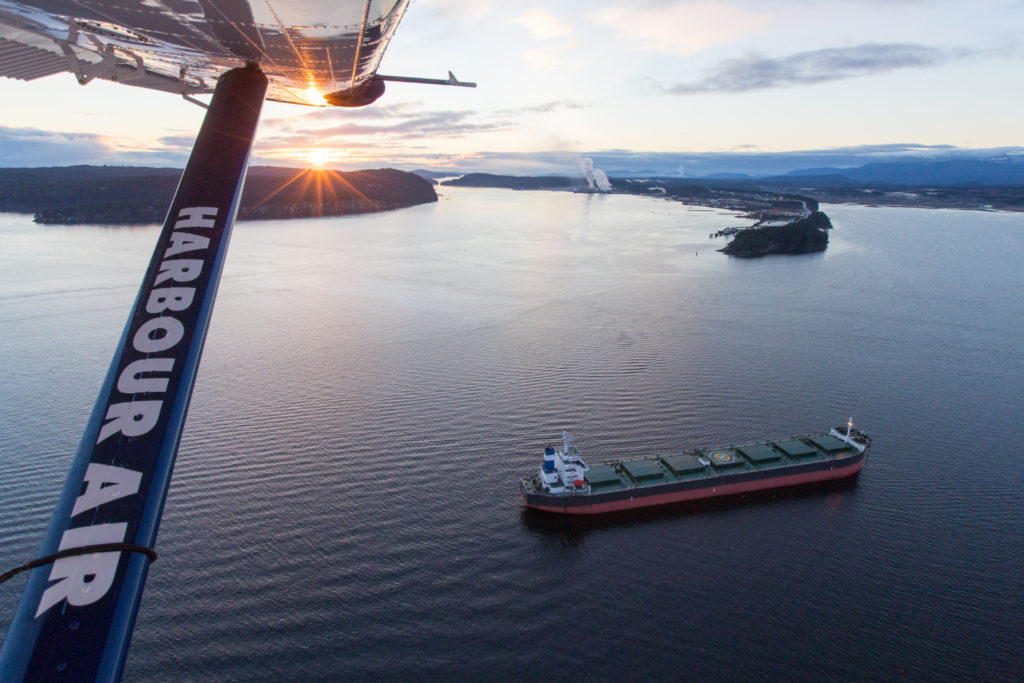
Though no employee has tested positive for COVID-19 so far, the company has compartmentalized work to limit any possible spread. Flight operations have functioned with just three pilots and three ground staff. On the repair and maintenance side, AMEs have been divided into work units and limited in how they move between hangars.
“One mechanic can’t just move from one hangar to the next because we don’t want to cross-contaminate the work units,” he said. “That way, if somebody does become sick, we are not completely shut down.
“We are being very diligent in how we operate and keep our people safe.”
Despite the extended down time, Harbour Air has been reluctant to embark on deep maintenance projects when cash flow is tight. Instead, in anticipation of an eventual return to more normal operations, they have focused on labour-based maintenance that might typically have waited, what Scott called “a bit of tidy up work.”
“We are getting on top of that … but we are not moving into full rebuilds of aircraft just because of the capital costs of the parts.”
The lone repair project is the result of damage to the wing of a single Otter, sustained in the early hours of Feb. 21 when a male suspect attempted to steal a floatplane from a neighbouring company on the Vancouver waterfront and collided with two Harbour Air aircraft.
The company is also “plowing ahead” with the flight test program of the first electrically-powered commercial passenger aircraft. Harbour Air made aviation history on Dec. 10, 2019, with the flight of a Beaver powered by an advanced MagniX electric propulsion system.
After successful flight tests in March, the company had to obtain approvals and permits to move to the next phase, said Scott. “We will continue the flight testing on that, probably starting [this] week.”
The incremental addition of flights will help position the company for a return to flight operations, said Scott, but “I think it will be a while before we are back to where we have been.” The executive team conducts a call every day to assess the business, government support options and the market, and positive indicators are still few and far between.
“We’ll monitor the market and what the customer base is asking for, and we’ll start adding capacity and routes and times as demand increases,” he said.
In the meantime, the bulk of Harbour Air’s fleet remains out of the water and parked at several locations – insurers frown on keeping all aircraft in one spot, noted Scott. Though the engines sit silent, they do need to be turned over at regular intervals, about every two weeks for the piston-driven Beavers and every three weeks or so for the turbine-powered Otters. That has generated one social media highlight of 10 Beavers on the ramp with their props spinning, music to the ears of any operator.
“To keep them operational, we have to run them,” said Scott. “But it was a good bit of [public relations].”
Not the way we imagined ‘gearing up’ for the week, but looking forward to flying ahead… and welcoming all of you as soon as we can! And of course, big ‘props’ to our incredible maintenance team for keeping our planes safe and sound ✈️✈️✈️ pic.twitter.com/26MJAs8msR
— Harbour Air Seaplanes (@HarbourAirLtd) April 14, 2020





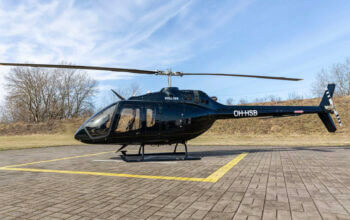
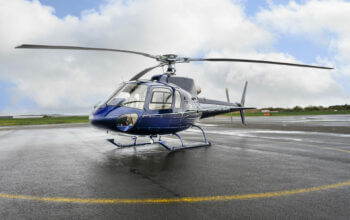
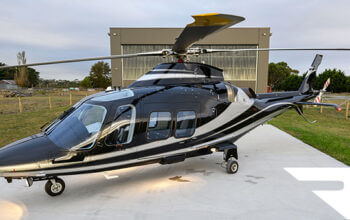

As a business person, I wish you all the best in recovery from the Covid slowdown.
As a resident of Victoria harbor area, (James Bay), I and several thousand residents on both sides of the harbor would very much
appreciate the installation of much needed MUFFLERS on your float planes. Until this window-rattling disturbance can be abated,
restricting full throttle use to areas beyond the new sewage plant
would help. Thanks